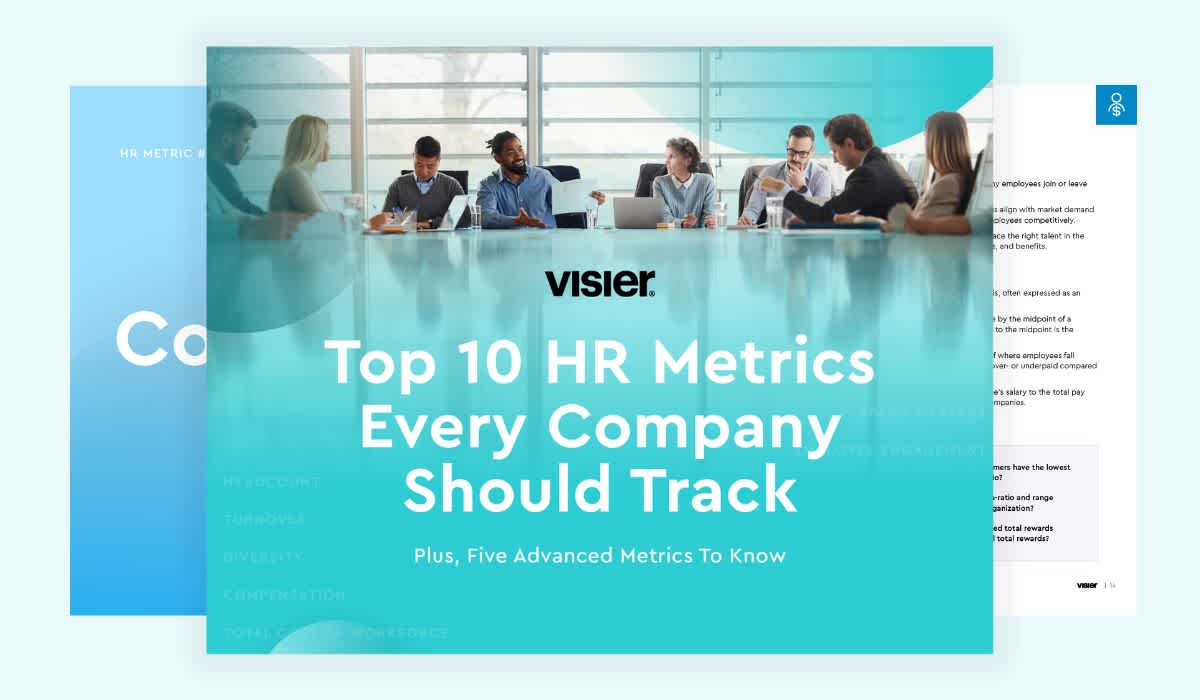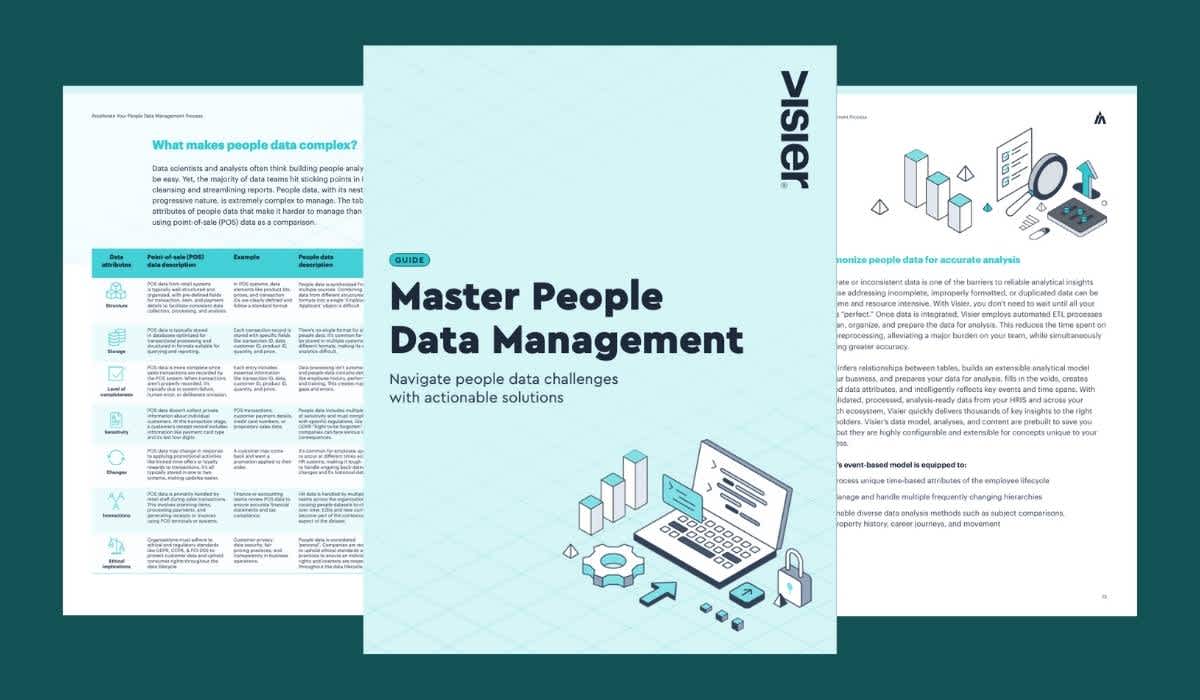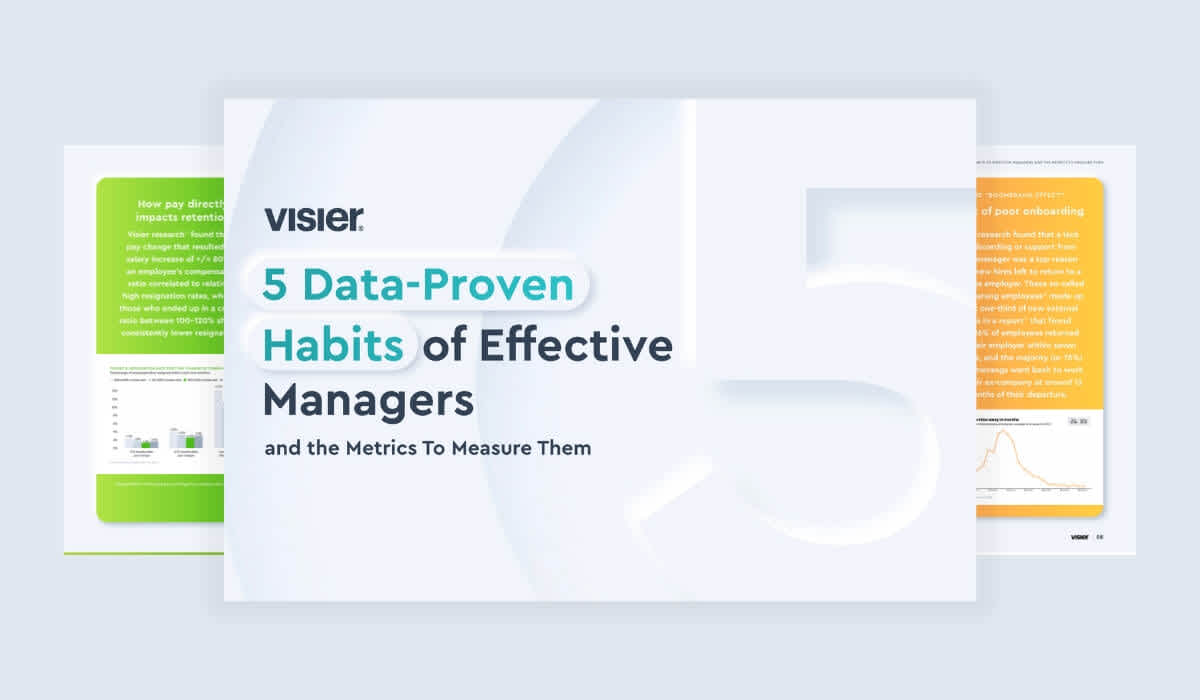Build the Ideal Hybrid Work Model with People Analytics
Even with thoughtful approaches grounded in autonomy and productivity, hybrid work models won’t be perfect. Here are three ways people analytics can help.

After working from home for nearly two years, many knowledge workers are trickling back into the office. But some people will be giving up cubicle life for good.
At Twitter, for example, employees can choose to work from home permanently. Apple and Google expect employees to work in the office a few days a week, as do many companies in the financial services sector.
While approaches vary from employer to employer, C-Suite and senior leaders are generally leaning towards supporting work models that give people autonomy, according to new Visier and Deloitte research. This gives people some degree of choice about working from home based on the type of work they do, rather than the organization implementing one policy for absolutely everyone.

Learn how to make people insights a game-changing source of management and leadership insight for your company.
Flexible hybrid work models still require boundaries
Clearly, employers will miss out on attracting critical talent if they cram everyone back into a one-size-fits-all working paradigm: According to a Pew Research survey released in February 2022, most remote employees were working from home by choice, not necessity.
Gartner predicted in January 2021 that it was “the expectation of radical flexibility” that is “likely to make a hybrid workforce model more prevalent in the post-COVID-19 world.”
But this does not mean there should be no set policy around where and when work happens. The key is to give employees as much choice as possible to do the right work in the right place.
For example, a development team made up of people who write code is particularly suitable for home offices because of their focused, independent work. But at times, coders are needed collaborate with people who understand the business problems people are trying to solve. It makes sense, then, for coders to be in the office on certain days of the week.
By focusing on the work itself, and not trying to crowdsource an answer about hybrid work rules from thousands of employees, employers can provide flexibility within a set framework.
People analytics informs decision-making in hybrid work environments
Even with thoughtful approaches grounded in principles of autonomy and productivity, hybrid work models won’t be perfect, however. Equity problems, collaboration barriers, and hard-to-detect burnout are all potential challenges that can arise when some people are working remotely and others are in the office more often.
Here’s the good news: Digital tools can support employers and employees as they adjust to new ways of working. People analytics has been automated to the point where organizations can equip line managers with tailored insights about their teams. By taking the guesswork out of decisions relating to pay, promotions, and employee well-being, managers can help their teams and organizations thrive in the world of hybrid work.
Here are three benefits that employees and employers experience when all people managers can make better decisions in the flow of work:
Guard against proximity bias
Nurture meaningful connections
Ward off burnout
#1. Guard against proximity bias
Individuals from certain groups, including women and parents of young children, are more likely to work from home as often as they can. This can lead to inequity. According to a 2019 study, pay progress was slower for people who worked remotely when the majority of the organization was functioning in person.
With people analytics, managers can avoid this kind of proximity bias and create an even playing field for everyone on their team. For example, at one large technology company, managers were making compensation decisions that were leading to inequity, employee dissatisfaction, and churn. But after the managers were equipped with people analytics, they could make informed, objective pay decisions that aligned to the market and internal compensation structure.
Of course, this is not just a matter of “equal pay for equal work”—pay disparities arise when a higher proportion of people from certain groups work in higher paying positions more often. The data can help by giving managers an objective view of performance when making promotion decisions, giving people from underrepresented groups a better shot at higher paid positions.
#2. Nurture meaningful connections
When office work was the norm, a new hire could become fully productive through serendipity. New employees would meet the right people by randomly bumping into connections at the office. But as The Economist reports, spending an average of only three days a week in the office can trim interactions between any two workers by 64%.
In a hybrid environment, insights about collaboration patterns are valuable for both the employee and the manager. With Organizational Network Analysis (ONA), the manager and their employee can analyze communications patterns within and between teams (without seeing the content of the messages). If a new hire is rarely reaching out to key people on the team, the manager can explore this information with the employee, suggesting ways they can strengthen their connections.
#3. Ward off burnout
Hybrid work models that give employees the option to work remotely at least some of the time can be great for employee flexibility. But there are some drawbacks: During the pandemic, many remote workers were tacking on average as much as 2.5 additional working hours per day. More time at the desk doesn’t always translate into higher productivity.
Coders, for example, who work more than 48 hours per week often produce bug counts that are so high the extra time isn’t worth it. This also has implications for employee well-being: overwork can also lead to burnout, which is characterized in part by an “increased mental distance from one’s job.” Like athletes, employees need rest for optimal performance.
To promote a healthy work-life balance and ward off burnout, managers can turn to insights based on calendar and email activity. If a manager notices that an employee is probably burning the candle at both ends, they can have an informed discussion with that individual to ensure they aren’t feeling pressured to work longer hours. Like an effective coach they can highlight when an employee may be “over-training.”
The objective here is not big brother-style monitoring–which will only lead to employee backlash–but rather to trust people, and then check in once in a while for the goal of supporting their well-being.
Co-creating the future of work: it starts here
I believe we are witnessing the beginnings of a future of work where people have even more options for setting working hours and pursuing a purpose both inside and out of the organization. Forcing people into the old pre-pandemic paradigm of daily commutes would be a step backwards.
But as we venture into this whole new era, the road there won’t be free of twists and turns. With people analytics, employers can make data-informed decisions that can make hybrid work even more supportive of employee well-being and productivity than it was before.

In this joint report with Deloitte, learn how better access to people data improves people management.


